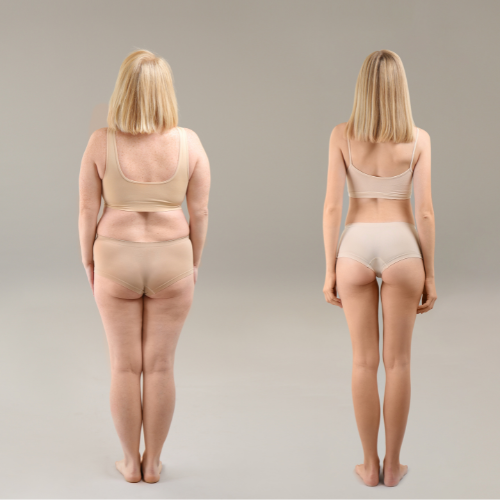Surprising sources of hidden calories in your diet - what to watch out for?
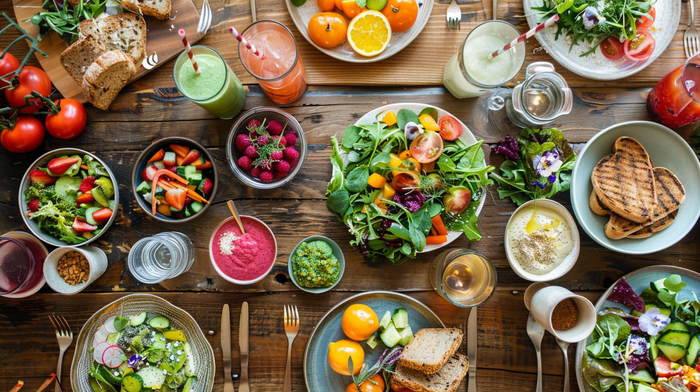
Nowadays, with more and more attention being paid to healthy eating and monitoring calorie intake, it's easy to miss that some "healthy" foods may be sources of hidden calories. Discovering these surprising sources can be the key to successful weight management and maintaining a healthy lifestyle. In this article, we'll take a closer look at what to look out for to avoid unwanted calories in our diets.
Fruit juices and smoothies
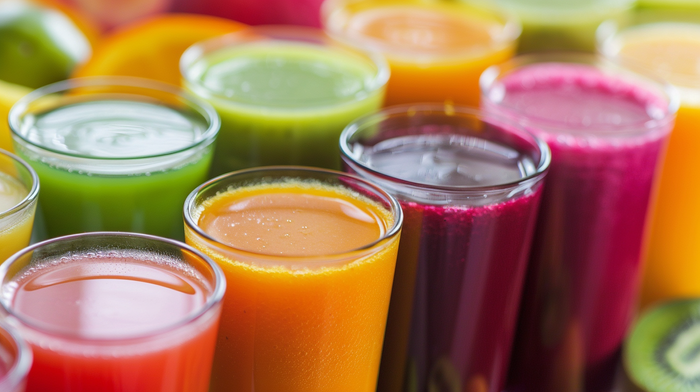
Although fruit juices and smoothies are often seen as healthy options, they can contain high amounts of sugar and calories, especially when they are store-bought or prepared without control over the amount of fruit added. The natural sugar in fruit, fructose, in excess can contribute to weight gain. When choosing these drinks, pay attention to their composition and, if possible, prepare them yourself, controlling the amount and type of ingredients used.
Sauces and dressings
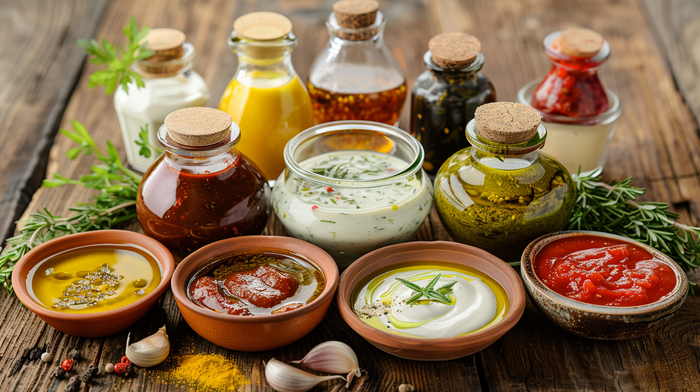
Salads are a common part of a healthy diet, but the dressings and sauces added to them can significantly increase their caloric content. Even a small amount of fatty dressing or mayonnaise-based sauce can contain more calories than the rest of the salad's ingredients. When choosing dressings, it's a good idea to look for yogurt-based ones or prepare your own lighter versions using, for example, olive oil, balsamic vinegar and herbs.
"Sugar-free" and "low-fat" snacks
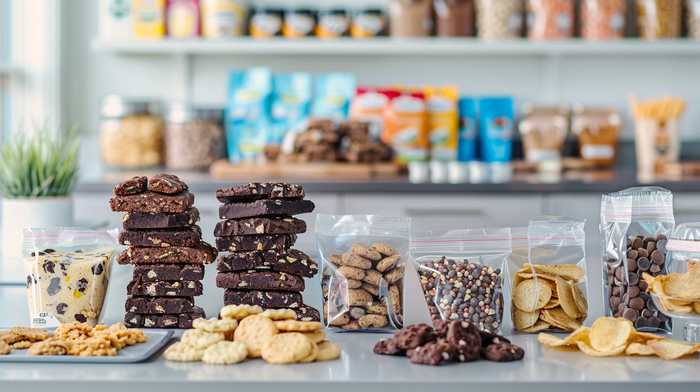
Products labeled "no added sugar" or "low-fat" may seem like an attractive option for those concerned about their weight, but they often contain hidden calories in the form of sugar substitutes, sugar alcohols or extra fats to replace the removed ingredients. These additives can not only increase the caloric content of the product, but also have undesirable health effects. Instead of reaching for processed snacks, it's better to choose natural sources of sweets, such as fruits, or healthy fats, such as avocados.
"Light" and "fit" products

Products labeled "light" or "fit" are often associated with lower calorie content, but this does not always equate to a better choice for our health. Often, in order to improve the taste of reduced-fat products, manufacturers add more sugar or salt, which can lead to increased calories and negatively affect our bodies. Instead of relying on manufacturers' promises, it's a good idea to read product labels and ingredients carefully to make an informed choice.
Alcohol

Alcohol is another source of hidden calories that we often overlook when planning our diets. The caloric value of alcohol is quite high, plus alcoholic beverages often contain sugar and other additives that increase their caloric content. Regular consumption of alcohol can significantly contribute to excess calories in the diet, leading to weight gain. Limiting alcohol consumption or choosing drinks with lower calorie content can be a good way to control weight.
Summary
Managing dietary calories requires awareness and attention to what we actually eat. Hidden calories can hide in products that at first glance appear to be healthy choices. Reading labels, preparing meals at home and making conscious food choices are the keys to avoiding surprising sources of calories and maintaining a healthy diet. Remember that as important as the number of calories is the source and quality of the ingredients you choose for your diet.



